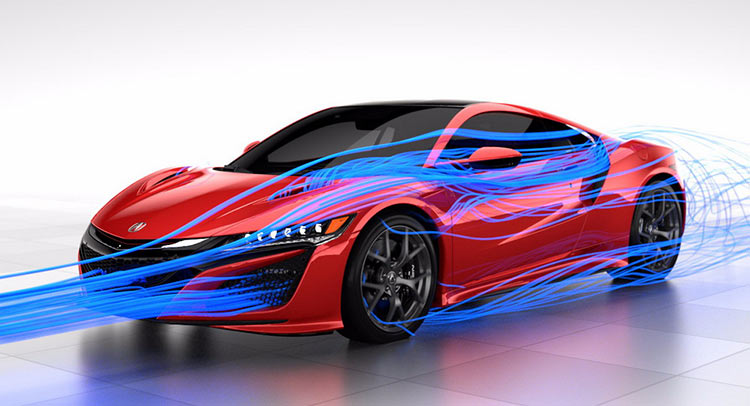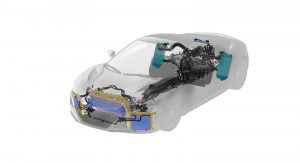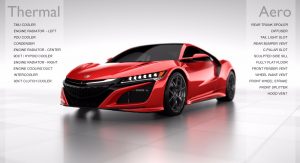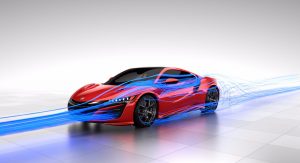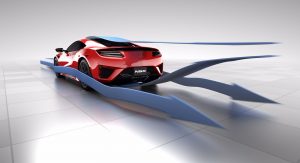The recently launched the NSX is Honda’s most advanced ever to go on sale.
The automaker’s target is to bring “a New Sports eXperience” to the supercar segment, challenging the status quo in the process just like the first generation NSX did (aka “New Sportscar eXperimental”).
And attesting Honda’s drive to offer one of the best sports car in the industry is its almost obsessive attention to detail. For instance, each NSX engine is machine balanced, bench tested and broken-in to the equivalent of 150 miles (240 km), then installed into the car, where the NSX also gets the revolutionary front-mounted Twin Motor Unit, enabling the electrically powered torque vectoring feature.
But power isn’t everything when it comes to a demanding concept like the NSX, as Thomas Ramsay, the Aerodynamics and Cooling Project Leader on the new Honda supercar explained.
“In many ways, with the design of the all-new Honda NSX, you literally have form following function, so this was a really exciting vehicle to work on as an aerodynamicist.”
Ramsay and his team sought to extract the maximum potential from the flow of air around and through the NSX, with the interrelated objectives of superior downforce and efficient cooling. They used computational fluid dynamic (CFD) simulations and testing of 40 per cent scale models in Honda’s advanced wind tunnel facility.
Surface, intake grills and exhaust vents were shaped and proportioned in order to reduce drag, create downforce and maximize cooling efficiency. The resulted analysis was verified at Honda’s full-scale, moving ground plane wind tunnel in Japan.
The exhaustive research and development program determined that the optimal downforce balance between high-performance and day-to-day driving would be three times as much downforce at the rear relative to the front of the NSX. That’s why a rear diffuser that works together with the rear spoiler and taillight slots was implemented.
Furthermore, as part of the total airflow management, the hybrid’s exterior design features a highly efficient thermal management – in order to keep the 3.5-litre V6 engine cool – as well as vents specifically positioned to reduce turbulence.



